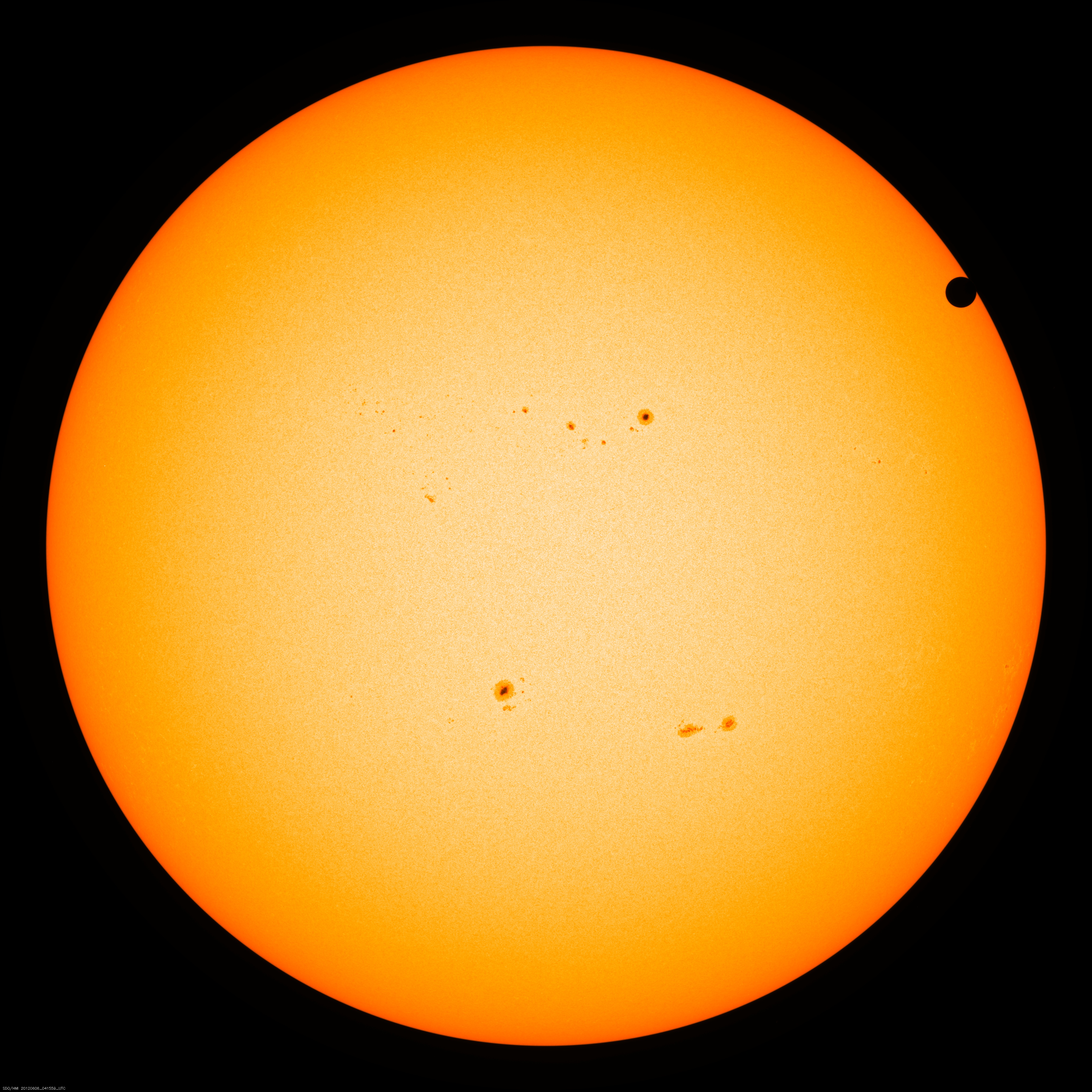by Jim Knoll
Monday November 11, 2019 (Veterans Day). This is a school holiday and a work holiday for many. Don’t pass up this “seldom-in-a-lifetime event”. A Mercury Transit (passing in front of) will NOT be visible again in the U.S. until May 7, 2049. Transits occur only 13-14 times per century. A Mercury Transit is too small to see without a properly filtered solar telescope. When you observe a transit, you see a small black circle (the planet Mercury) moving across the Sun. This event is visible throughout the U.S. TAAA will have several solar telescopes to safely view the Transit at Brandi Fenton Memorial Park (3482 E River Rd, River & Alvernon) on November 11 from 7:30 – 11 am (Mercury mid-transit when it is crossing the middle of the Sun is at 8:20 am Tucson time). Sunrise November 11 is 6:49 am and the Transit will already be underway. You can follow the Mercury Transit event on our Facebook page (facebook.com/tucsonastronomy) for real-time weather updates. This event requires a clear view of the Sun (no cloud cover). CAUTION: Never look at the Sun without a proper solar filter or you can damage your eyes.
For more information, email: astronomy-events@tucsonastronomy.org.

NASA Image










